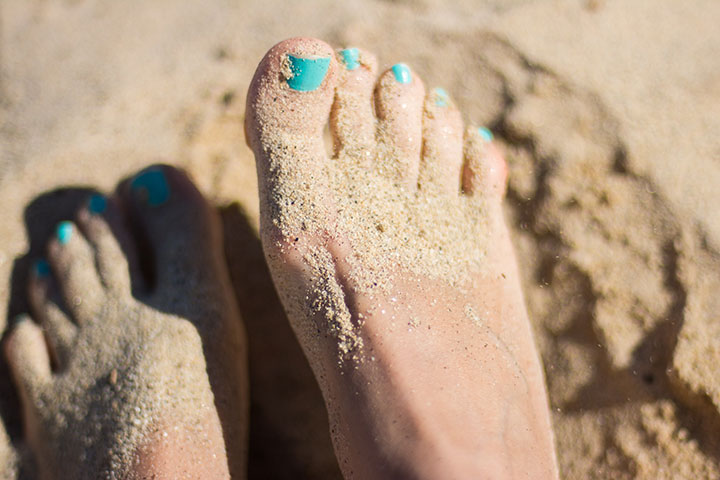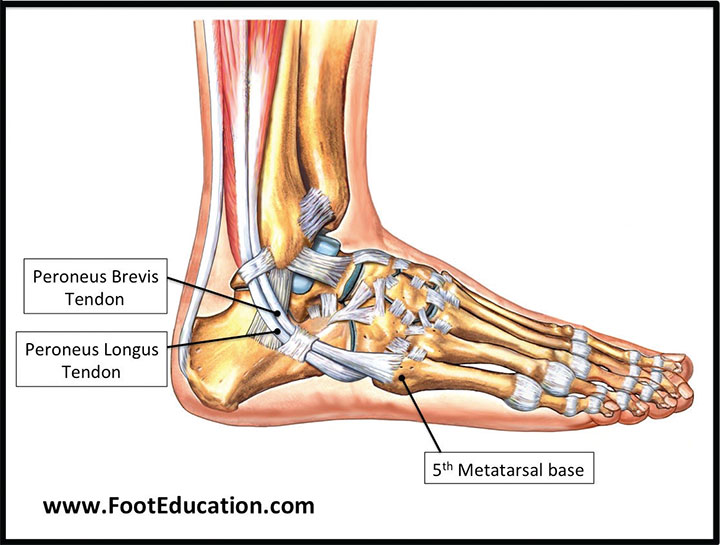Sponsored Content by Foot Specialists of South Mississippi

Summer is here and the longer warmer days often bring a change in lifestyle in south Mississippi. We are often outdoors longer and enjoying seafood boils and weekend barbecues more often. Increasing these foods in our diet may lead to complications associated with gout. We also tend to wear a lot of sandals and flip flops, which can lead to foot injuries.
GOUT:
Gout is a form of inflammatory arthritis caused by a buildup of uric acid crystals in the joints that can lead to sudden, intense pain and swollen joints that may become red and/or hot. There is often an uptick in gout in the summer because of increased consumption of seafood, red meats, alcohol, and complications from dehydration. Red meat and seafood have higher levels of purines which can lead to gout flare ups.
Alcohol can contribute to dehydration and affects the hormones that regulate the amount of fluid that we retain and higher levels of purines. A 2015 study showed a 36 percent increase in gout flare up for people consuming more than one alcoholic beverage in a 24 hour period. There are oral medications and injection treatments available for gout flare-ups. A new IV therapy (KRYSTEXXA) has shown to reduce uric acid buildup after a series of treatments. Never take aspirin for gout pain.
FOOT INJURIES:
Wearing flip flops and “cute” summer shoes with thin soles can result in bruising of the joints in the forefoot (capsulitis), injuries on the bottom of the heel (plantar fasciitis) and make you more prone to rolling your foot or ankle.
A common foot fracture is a fifth metatarsal fracture (Jones fracture). Also, peroneal tendinitis is a soft tissue injury that can occur to the outside of the foot. The peroneus brevis and longus tendons run from high up in the outside of the leg. One inserts into the fifth metatarsal base and the other runs along the bottom of the foot inserting on the opposite side.
There is a lower blood supply to this portion of the foot. Because of this, these types of fractures have a hard time healing. This can lead to a non-union or malunion of the fracture site that often needs surgical intervention depending on the patient. This can cause chronic pain, swelling, and the foot to be red, warm or bruise. One should immediately rest, ice, apply compression with an Ace wrap and elevate.
If you experience any of these conditions this summer, visit a board certified podiatrist such as Dr. Charles Caplis who can do a thorough examination and customize a treatment with the latest therapies and preventative measures to keep you in the picture of foot health.
Request a consultation with Foot Specialists of South Mississippi.
(228) 818-2801
www.msfootspecialists.com
999 N. Halstead Road, Ocean Springs



